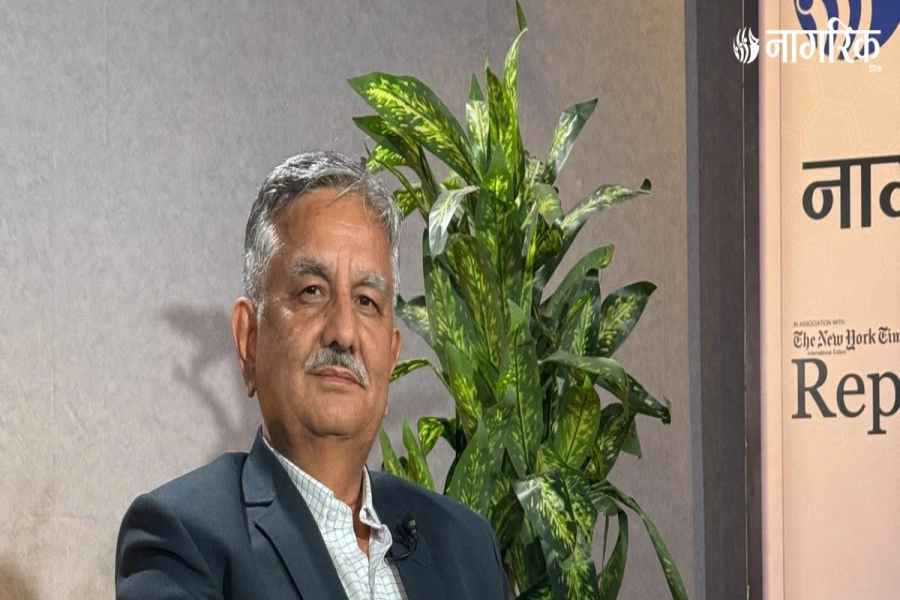KATHMANDU, Sept 7: Nepal's arable land area has declined by 300,000 hectares in the past decade. The Seventh National Agricultural Census 2021 shows that the country cultivates 2.2 million hectares of land. The similar census carried out in 2011 shows that there were 2.5 million hectares of land used for agricultural purposes.
The National Statistics Office (NSO) conducted the census between April 19, 2022, and June 2, 2022. The latest survey shows that there are 4,130,789 families depending on agriculture for their livelihood. A decade ago, this figure was 4,831,093. The census reveals that the number of households involved in agriculture has been declining steadily.
Likewise, the dependency on agriculture has also declined of late. The dependency ratio on agriculture has fallen to 62 percent from 71 percent.
Transforming Nepal’s Agriculture Sector

The latest agricultural census of 2021 also shows that 3,372,000 families (82 percent of the agriculture-dependent families) own land for farming and rear livestock. A total of 689,000 (17 percent) of farming families lease agricultural land, apart from their own land, for cultivation purposes.
Over the past decade, the number of farming families involved in livestock farming has increased from 3.3 million to 3.4 million. Likewise, 10,375 farming families have engaged in nursery farming on 597.7 hectares of land.
In terms of gender, the 2011 census showed that 81 percent of main farmers were men, whereas women accounted for 19 percent. However, in the 2021 census, men's representation has decreased to 67.6 percent, while women's representation has increased to 32.4 percent.
The latest census statistics also indicate that 70.4 percent of farmer households consider agriculture the main source of their income, down from 83.1 percent in the previous census. The census shows that around 55 percent of farmers cannot produce enough food to meet their annual demand. Previously, the figure was 60 percent under this category.
Likewise, 47 percent can manage food for 4-6 months from their farmland while 24 percent say their produce is sufficient for less than three months for their families.
Meanwhile, the irrigation facility expanded by 2.5 percent of the arable land in the past decade. In 2011, irrigation facilities were accessible on 52 percent of the arable land, which grew to 54.5 percent in the review period.

















-1200x560-1764836409.webp)





















